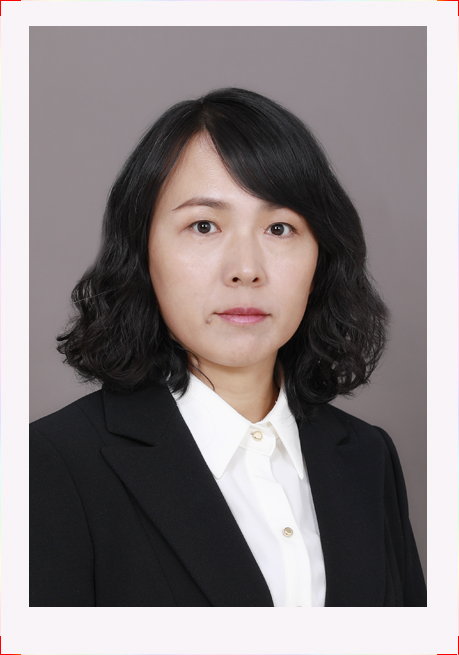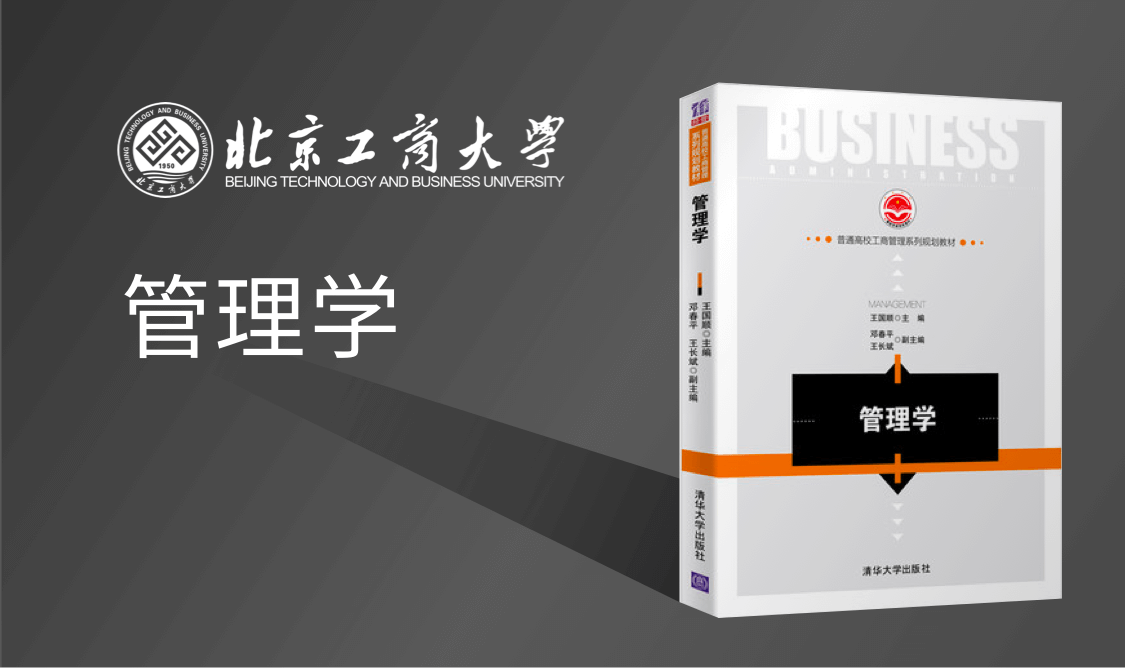
Computer Fundamentals: Problem Solving Using Computational Thinking(International Edition)课程:前往报名学习
With the development of artificial intelligence, Internet of Things and blockchain, an era of intelligence arrived. It has become an essential skill for college students that having the ability to utilize computer in analyzing and solving real-world problems. From this course, you could not only obtain knowledge of computer, but also get the capability and awareness of using computer techniques in solving problems. Join us right now and let’s solve problems with computational thinking skills together!
开设学校:南开大学;学科:计算机、
With the development of artificial intelligence, Internet of Things and blockchain, an era of intelligence arrived. It has become an essential skill for college students that having the ability to utilize computer in analyzing and solving real-world problems. From this course, you could not only obtain knowledge of computer, but also get the capability and awareness of using computer techniques in solving problems. Join us right now and let’s solve problems with computational thinking skills together!
-1.1 Computing Cultures
--1.1.1 Computer history and development (Part I)
--1.1.2 Computer history and development (Part II)
--1.1.3 Application of computers and computational thinking
-1.2 Computational Thinking
--1.2.1 The nature and characteristics of computational thinking
--1.2.2 Problem solving using computational thinking
-Chapter 1 Assignment
-Intro: World in the eyes of a chip
-2.1 Number system
--2.1.1 0 and 1 in digital world
-2.2 Number in Digital World
--2.2.1 Binary arithmetic and logical operations
--2.2.2 Signed and unsigned number
--2.2.3 Sign-magnitude, one's complement, two's complement representation and real number
-2.3 Characters in digital world
--2.3.1 Characters in digital world
-2.4 Images, Sounds and Videos in Digital World
--2.4.1 Images, sounds and videos in digital world
-2.5 Barcode
-Chapter 2 Assignment
-Intro: How to Cross the River?
-3.1 Overview of Algorithms
--3.1.1 Overview of algorithms
--3.1.2 Description of algorithms
-3.2 Typical Algorithms
--3.2.1 Typical algorithms I: enumeration and induction
--3.2.2 Typical algorithms II: recursion and iteration
--3.2.3 Typical algorithms III: divide-and-conquer and backtracking
-Chapter 3 Assignment
-4.1 Introduction to Python
--4.1.1 Introduction to Python
-4.2 Basic Syntax of Python and Programming Examples
--4.2.1 Python I: basic syntax and conditional statements
--4.2.2 Python II: loop statements and built-in functions
--4.2.3 Python III: user-defined functions
--4.2.4 Python IV: drawing with turtle
-Chapter 4 Assignment
-5.1 Computer Hardware
--5.1.2 Von Neumann architecture and computer organization
-5.2 Basic Working Principles of Computers
--5.2.1 Basic working principles of computers
-5.3 Composition and Performance of Modern Computers
--5.3.1 Composition and performance of modern computers
-Chapter 5 Assignment
-6.1 Overview of Computer Software
--6.1.1 Overview of computer software
-6.2 System Software
--6.2.1 System software I: operating system
--6.2.2 System software II: programming language, compiler and DBMS
-6.3 Application Software
-Chapter 6 Assignment
-Intro: Kidding or Foretelling?
-7.1 Computer Network
--7.1.1 Concepts and development of computer network
--7.1.2 Classification and topology of computer network
--7.1.3 Architecture and data communication of computer network
-7.2 LAN Technology
-7.3 Internet and its Applications
--7.3.1 IP address and domain name
--7.3.2 Access and application of the Internet
-7.4 Cyber Security
--Intro: Did WannaCry Make You Wanna Cry?
--7.4.1 Overview of cyber security
-Chapter 7 Assignment
-Intro: Whose loan? Alibaba knows
-8.1 Data Management
--8.1.1 Data management and data models
-8.2 Structured Database
--8.2.2 Creating a local database
--8.2.4 Data definition language
--8.2.6 Data query language II
--8.2.7 Data manipulation language
-8.3 Big Data
-Chapter 8 Assignment
-Intro: The Era of AI is Coming
-9.1 Artificial Intelligence
--9.1.2 Artificial intelligence
-9.2 Internet of Things
-9.3 Cloud Computing
-9.4 Blockchain
-Chapter 9 Assignment
-期末考试
李敏,博士,南开大学计算机学院教师,南开大学公共计算机基础教学部《计算机基础(文)》课程负责人,主讲《计算机基础》,《数据结构与算法》,《数据库技术与应用》等课程,科研方向为密码学应用及隐私保护。承担和参与省部、校级教学改革项目及科研项目10余项,获南开大学教学成果奖3项,发表论文10余篇,主编教材4部,参与编写多套教材。
高裴裴,博士,南开大学计算机学院教师,伦敦布鲁内尔大学访问学者,南开大学《数据库技术与程序设计》课程负责人,承担多项省部、校级教学改革项目,获南开大学教学成果奖5项,发表论文10余篇,发明专利1项,编写教材8部,指导学生参加国家级、省部级计算机竞赛获得一、二、三等奖27项。
郭蕴,硕士,实验师。2015年本科毕业于上海交通大学计算机科学与技术专业,2017年研究生毕业于美国Brown University计算机工程专业。现任南开大学公共计算机基础教学部《计算机基础》、《数据结构与算法》、《数据库技术与应用》实验课教师。
蔡庆琼,博士,南开大学公共计算机基础教学部教师,主讲《计算机基础》,《数据库技术与应用》等课程,主持和参与国家级、省部级、校级教学改革项目及科研项目十余项,发表论文十余篇,并参与编写多套教材。
宋丽培, 博士,南开大学电子信息与光学工程学院教师,主讲《计算机基础》、《数据库技术与应用》、《Introduction to Computer Science》、《Matlab数字图像处理》、等本科j及研究生课程。
